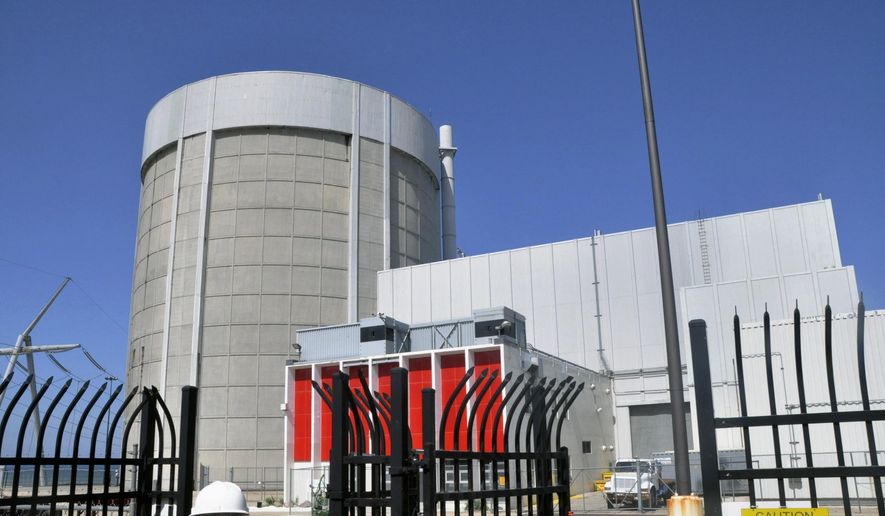Venture capitalists from Silicon Valley and beyond are pouring investment money into nuclear power, an energy source that elected leaders and environmentalists are increasingly turning toward to combat climate change and achieve energy security.
The value of investments in nuclear technology has skyrocketed by more than 9,000% since 2015, going from less than $12 million that year to north of $1.1 billion in 2022, according to private capital market research firm Pitchbook that compiled data for CNBC.
While the figures pale in comparison to the $30 billion in 2021 and $17 billion this year that was invested in climate technologies and renewable energies like wind and solar, the renewed interest comes as nuclear energy is becoming the go-to source of power for transitioning away from oil, natural gas and coal.
“[Nuclear energy] is a very complex science, and it’s been supported by the federal government and at these national labs. That’s a very small circle of people,” MIT economist and lecturer John Parsons told CNBC. “When you broaden that circle, you get a lot of new minds, different thinking, a variety of experiments.”
The mega investments come as the federal government and green activists are warming to nuclear energy as safety concerns subside from past nuclear catastrophes such as Chernobyl in Ukraine and Fukushima in Japan.
President Biden’s signature tax-and-climate-spending law, known as the Inflation Reduction Act, set aside billions of dollars for nuclear tax incentives. That was on top of the roughly $6 billion included in a 2021 bipartisan infrastructure law to address the country’s aging nuclear energy facilities.
Further driving investor interest in the industry, U.S. scientists at California’s Lawrence Livermore National Laboratory announced a breakthrough in December in the quest for unlimited clean energy through nuclear fusion. The lab successfully used lasers to create a nuclear fusion reaction, in which atoms are combined rather than split apart. This produced more energy than was exerted to force the reaction, a feat decades in the making.
The running total for private nuclear fusion investments has swelled to roughly $5 billion as of this year, according to the Fusion Industry Association, more than half of which was procured since last year. Investors include Amazon’s Jeff Bezos and Microsoft’s Bill Gates.
The U.S. had 54 nuclear plants, home to 92 reactors, operating in 28 states as of July with an average plant age of 40 years, according to the U.S. Energy Information Administration. That’s down from 2012 when the nation’s nuclear power generation peaked with 104 reactors. Since 1990, nuclear energy has accounted for roughly 20% of the country’s annual electricity production and about half of all carbon-free electricity.
But a remaining obstacle for the industry, advocates say, is the inability of lawmakers in Washington to reconcile their differences to overhaul the country’s permitting process, which proponents say would expedite new energy projects, including for nuclear power.
“Overall, there are many reasons for optimism about a modern nuclear revival. And the [Inflation Reduction Act] has supercharged the pathway to investment in existing and new nuclear projects,” Ryan K. Lighty and Kirstin Gibbs of the multinational law firm Morgan Lewis & Bockius, who work with energy industry clients, wrote in a Reuters op-ed. “However, there remain practical hurdles that could derail recent momentum unless reform-minded policymakers take responsible actions to modernize the permitting process for carbon-free energy.”
• Ramsey Touchberry can be reached at rtouchberry@washingtontimes.com.




Please read our comment policy before commenting.